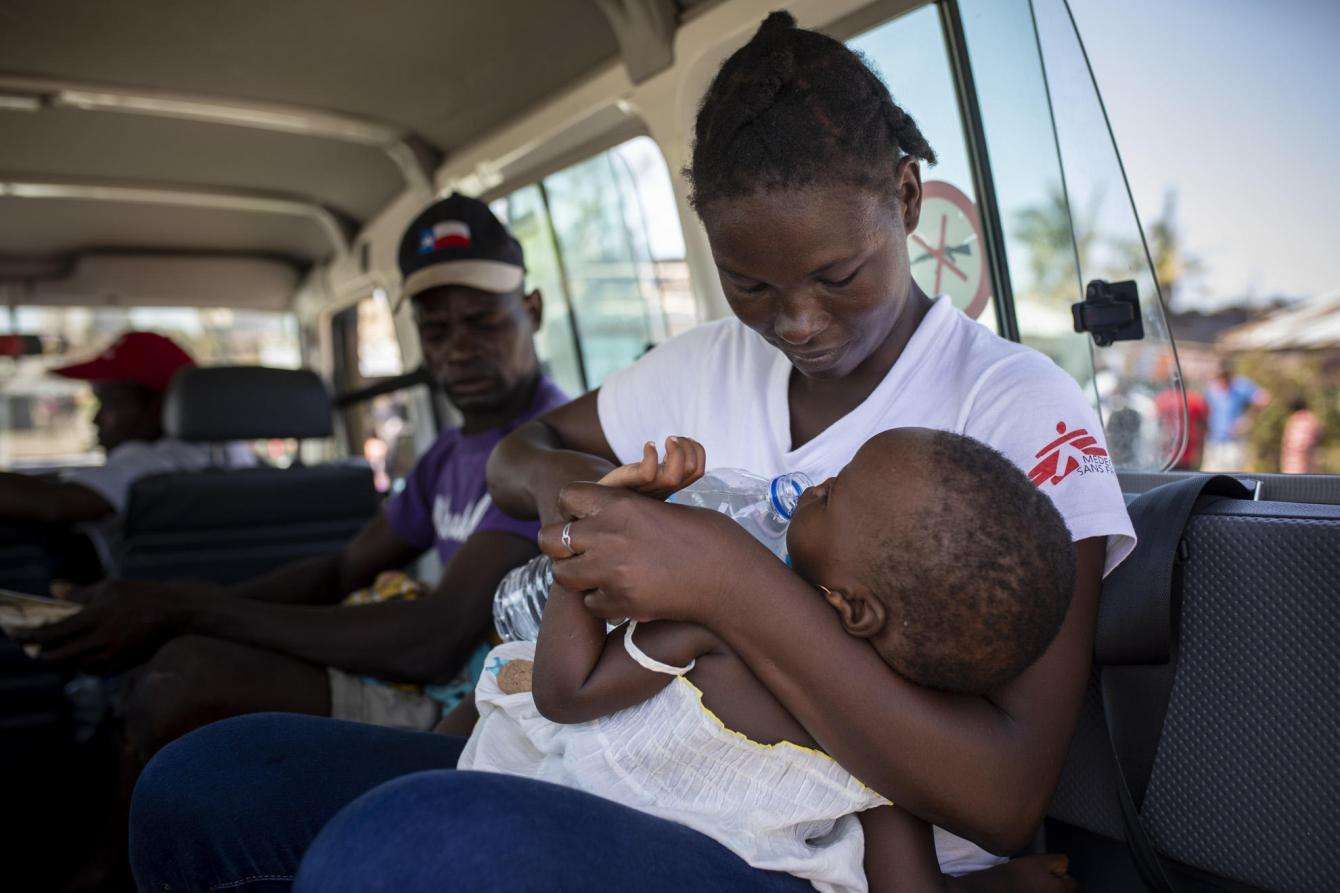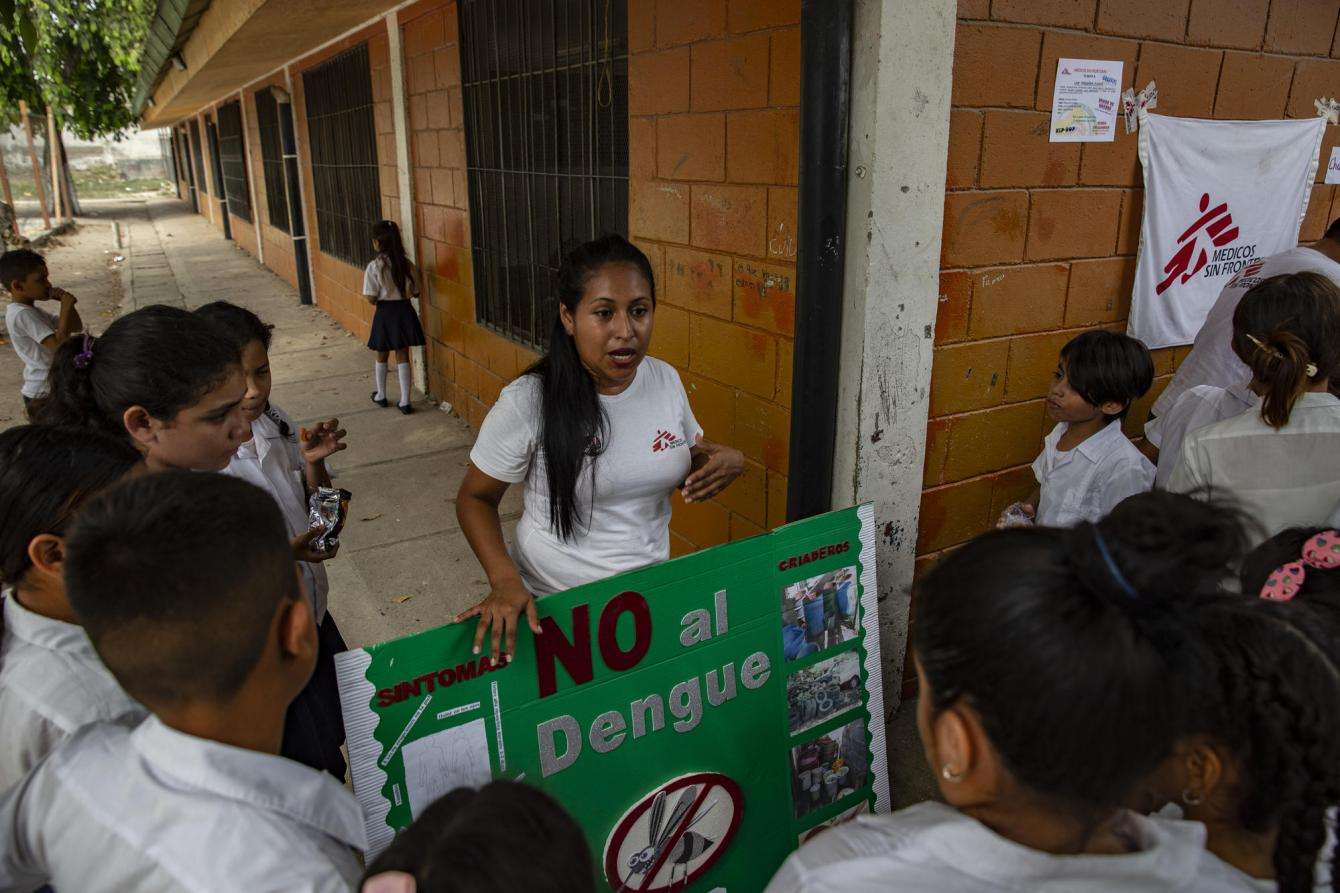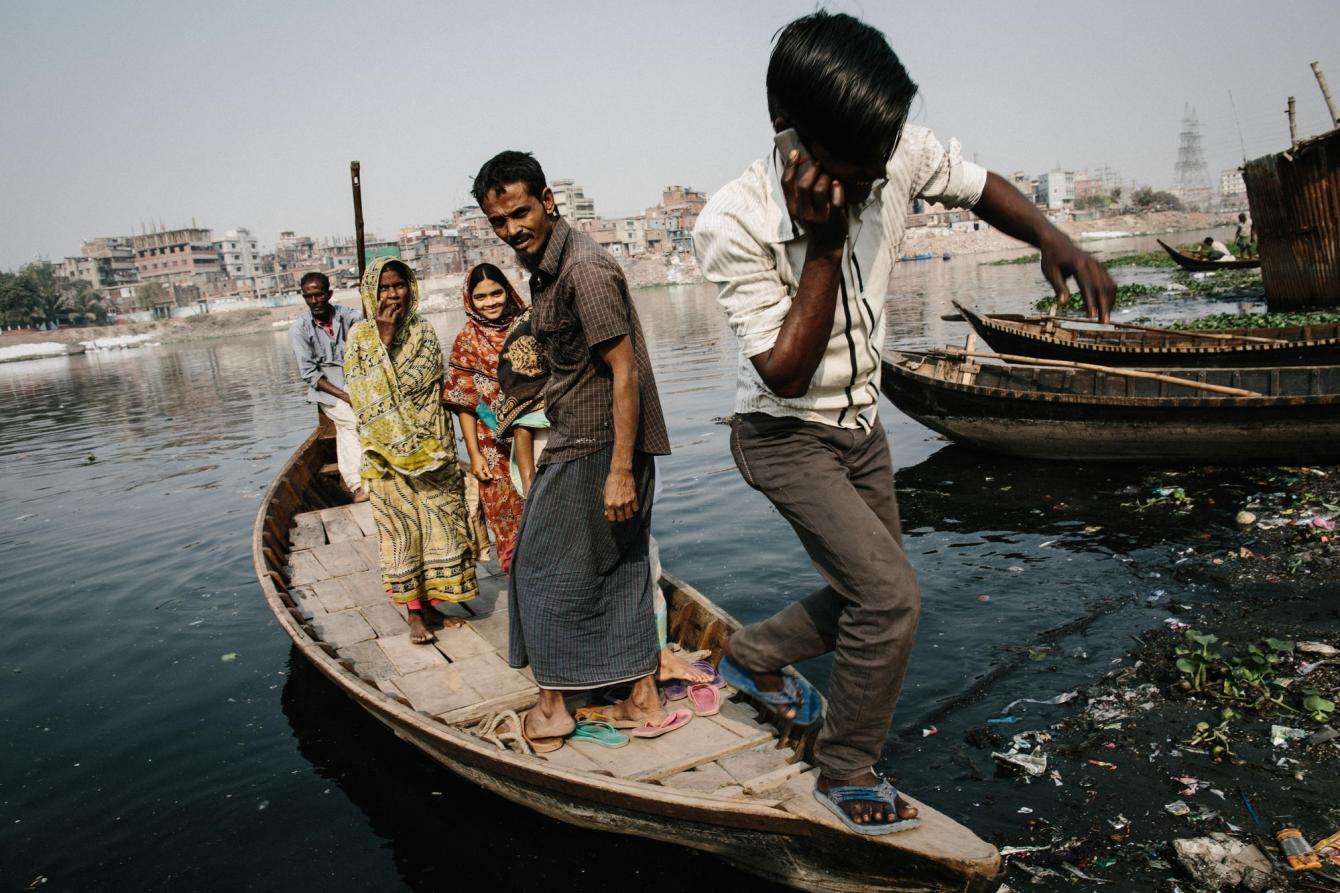We saw this coming. As humanitarians, our risk assessments in different parts of the world have always factored in the potential for extreme weather events and the spread of vector-borne diseases, of drought, desertification, and mass displacement. Emergency first responders like us work up scenarios for interventions and gain experience each time we put our planning to the test in real crises.
As a medical humanitarian organization that works with some of the most vulnerable communities in climate hotspots, Doctors Without Borders/Médecins Sans Frontières (MSF) teams are responding to the kinds of public health challenges that threaten to increase in number and severity without urgent action to reduce carbon emissions. We are facing a climate emergency, with devastating consequences for global health and humanitarian needs. Poor and marginalized communities already suffer the worst consequences of climate change, and are at greatest risk of future harm.
We witness firsthand how environmental factors can worsen humanitarian crises. MSF captured some of this experience in a special report, “Climate Change and Health: an urgent new frontier for humanitarianism,” published as part of the Lancet Countdown project examining current and forecast climate-related impacts on health.
Earlier this year, we launched a massive emergency operation in Mozambique following the devastating floods caused by Cyclone Idai. A few weeks later, with people still reeling from the disaster, a second cyclone struck the country. It was the first time in recorded history that two cyclones hit Mozambique in a single season. The scale of the damage caused by these back-to-back disasters was a wake-up call to prepare for more high-impact tropical cyclones, coastal flooding, and intense rainfall linked to climate change, according to a statement by the World Meteorological Organization (WMO), a UN agency.

“Never in my life, nor in my parents’ and grandparents’ lives, had anyone seen rain like that,” said one MSF nurse from Mozambique whose husband drowned in the floodwaters. “When those in your country watch the landscape from a helicopter, you see the flooded areas and the torn trees, but there is a lot you can’t see. Beneath the waters, below the broken branches, you will find us—our stories and our sadness and our resolve to live.”
We know that with rising waters come the rising risks of waterborne diseases, like cholera. In the aftermath of Cyclone Idai, MSF teams worked around the clock to ensure that people would have access to clean water. We treated more than 4,000 people with suspected cholera and supported a large-scale campaign to vaccinate more than 800,000 people against the disease. The cyclone also left large pools of standing water, ideal breeding grounds for mosquitoes that spread disease. And the waters inundated the fields just before harvest season, destroying an estimated 1.8 million acres of crops and threatening food security in an area where people are already vulnerable to malnutrition.
For every headline disaster, there are ripples of related disasters and attendant medical crises.
With warmer temperatures, rising sea levels, and heavy rains, we can expect to see an increase in climate-sensitive diseases, including waterborne diseases like cholera as well as vector-borne diseases spread by growing numbers of mosquitoes and ticks, such as malaria, dengue fever, and Lyme disease. Malaria already kills more than 400,000 people a year, mostly children under the age of five and overwhelmingly in sub-Saharan Africa. In 2012, 2014, and 2015, MSF teams observed significant spikes in malaria cases in several sub-Saharan countries compared to long-term averages. While the reasons behind these increases are complex—including, fundamentally, inadequate political and financial support for disease control efforts—the weight of evidence suggests that the incidence and prevalence of malaria will increase in Africa and beyond due to climate change.
Honduras, considered a climate change hotspot, is battling its worst outbreak of dengue fever in 50 years following a prolonged rainy season. MSF’s patients are mainly children under the age of 15, and mainly those living in poorer, urban areas. Severe dengue affects most Latin American and Asian countries and is a leading cause of hospitalization and death among children and adults in these regions, according to the WHO. Worldwide, the incidence of dengue has increased 30-fold over the last half century, with approximately 390 million infections in 2010, partly due to warming temperatures and the associated spread of the mosquito species that carry and spread the disease.

The impact of climate change and environmental degradation on people’s health isn’t new. The Darfur war in Sudan, which began in 2003, has been called the first “climate change conflict,” with the violence triggered in part by food and water insecurity as groups competed for scarce resources during a drought. While there were many drivers behind this conflict—including political, military, racial, and ethnic factors—subsequent studies added another element to consider: a rise in temperatures of the Indian Ocean had disrupted seasonal monsoons, contributing to the drying of the region. The conflict claimed the lives of 400,000 people. MSF treated thousands more victims of extreme violence, forced displacement, and malnutrition. With the UN estimating that by 2025 two-thirds of all people in the world could live in water-stressed conditions, we are extremely concerned about the prospect of wider conflict and upheaval.
We’re also seeing malnutrition due to drought and water scarcity in places like the Lake Chad region of the Sahel. Lake Chad was once one of Africa’s largest lakes and a vital source of water for people living in the surrounding countries of Chad, Cameroon, Nigeria, and Niger. Overuse and drought have left people without sufficient water for drinking, cooking, or washing, let alone to water their crops to ensure future yields. Children here face a high risk of malnutrition, which in turn can stunt their development and weaken their immune systems. This makes them more susceptible to other deadly diseases like malaria. It’s estimated that 422 million people in 30 countries are undernourished because of climate-related problems producing food.
Climate change and environmental degradation could further contribute to record levels of migration and forced displacement. Although estimates vary widely, the most frequently cited projection is that some 200 million climate migrants will be uprooted by 2050 if current trends prevail. In Mexico, our teams treat thousands of people each year who are fleeing extreme violence and poverty in Honduras, El Salvador, and Guatemala. Prolonged drought and other environmental push factors in the region are also at play, according to a growing body of reporting by the UN and news media.
We know that most displaced people seek alternatives within their home country before making the wrenching decision to cross international borders. Many are moving to urban centers to seek employment and secure livelihoods, only to find themselves living in highly polluted neighborhoods and working in hazardous conditions. In Bangladesh—a low-lying coastal zone—we’re providing primary care and occupational health care for people in Dhaka’s Kamrangirchar slum. Many of these residents were forced to move to the city after flooding contaminated their farmland with saltwater. Our patients include people injured or sickened in the course of their work in the area’s numerous small-scale factories, as well as victims of sexual violence and intimate partner violence often trapped in close quarters with their abuser.

As humanitarians, we must step up our advocacy for policies to improve assistance and protection for the people most affected by the direct and indirect consequences of climate change. The people most at risk in the future are those who are already suffering today due to existing vulnerabilities and inequities. This June, at our International General Assembly, MSF committed to doing more to urgently address the increasing humanitarian consequences on vulnerable populations of environmental degradation and climate change. We have a responsibility to do better for our patients, staff, and the world.
Health and humanitarian organizations must also lead by example and address the environmental impacts of our own aid efforts. As we carry out our work, MSF is guided by medical ethics—particularly the duty to provide care without causing harm to individuals or groups. We are developing a toolkit to systematically measure and monitor MSF’s environmental footprint around the globe, with the goal of reducing energy use, air transport, and waste while still carrying out our social mission. We are also developing a guidance framework to promote ethical, efficient, and sustainable humanitarian aid practices. Across MSF projects, teams are exploring ways to cut our own carbon footprint—like using less diesel fuel and relying less on air travel for people and cargo. We’ve tested the use of solar panels to power our facilities in places like Democratic Republic of Congo and Haiti, and we’re building a fully energy efficient hospital in Sierra Leone.
While we all have a role to play, governments and polluting industries must act now to slash greenhouse gas emissions and limit global warming. They also have a duty to help those most affected by climate change. It’s clear that the disastrous forecasts ahead far exceed the capacities of an already overstretched humanitarian sector. As activists and world leaders converge in New York ahead of the United Nations Climate Action Summit on September 23, it is critical that we address the environmental challenges facing us today before they contribute to multiplying humanitarian catastrophes in the future.




